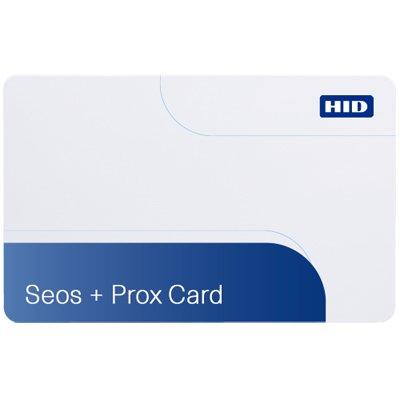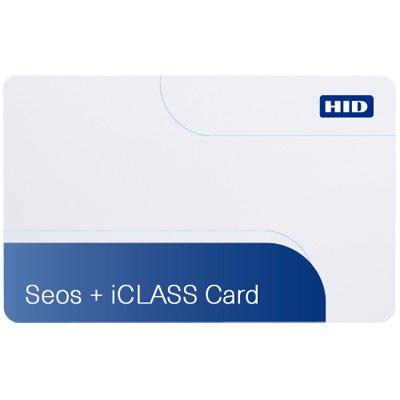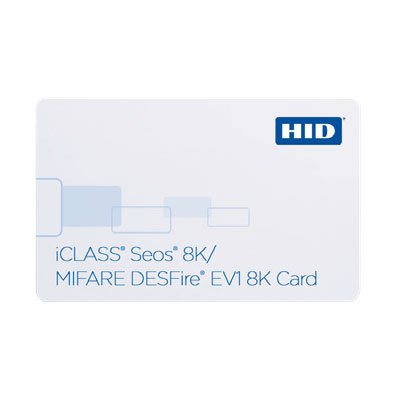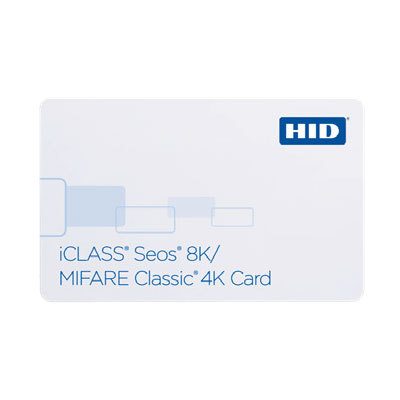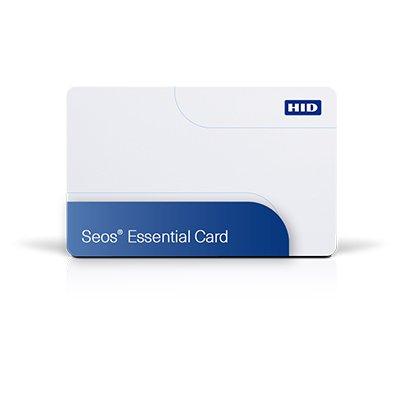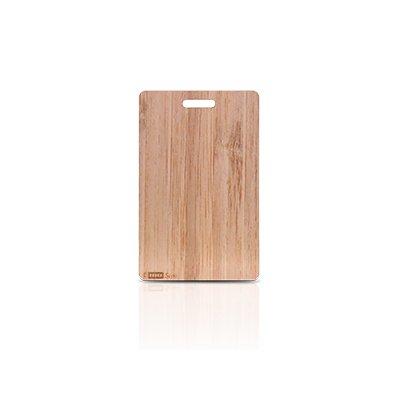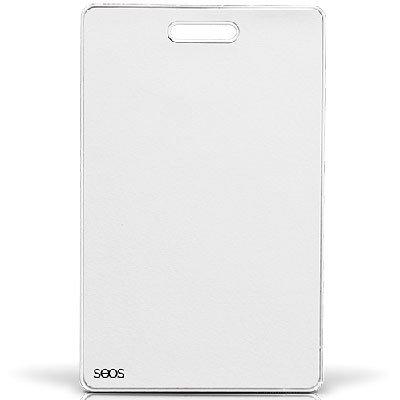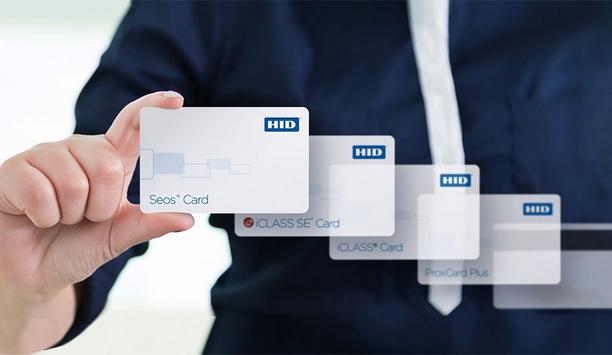HID 202x iCLASS 32k + HITAG1 Card with secure identity object support
Technical Specification
- Make: HID
- Model code: 202x iCLASS 32k + HITAG1 Card
- Card/ Tag/ Fob: Card
- Technology Type: Mifare
- Material: PVC
The HID 202x ICLASS 32k + HITAG1 Card multi-technology contactless cards with high frequency (HF) / low frequency (LF) provide an ideal solution and migration path for customers looking to support multiple technologies with a single card or migrate from an existing card technology to a more secure solution. The HITAG multi-technology cards are affordable and durable solutions offering more flexibility with the use of 13.56 MHz read/write iCLASS or MIFARE DESFire EV1. It is compliant with ISO/IEC standards for thickness and use with all direct image and thermal transfer printers
Read more| Make | HID |
|---|---|
| Manufacturer | HID |
| Category | Access Control>Access control cards/ tags/ fobs |
| Model code | 202x iCLASS 32k + HITAG1 Card |
| Card/ Tag/ Fob | Card |
| Technology Type | Mifare |
| Material | PVC |
| ISO size Printable | Yes |
| Operating Frequency MHz | 13.56 |
| Physical Specifications |
Dimensions mm: 54 x 86 x 1 Weight g: 5.5 |
| Environmental Specifications | Operating Temp oC: -35 ~ +50 C (31 ~ 122 F) |
| Additional info |
The HID 202x ICLASS 32k + HITAG1 Card multi-technology contactless cards with high frequency (HF) / low frequency (LF) provide an ideal solution and migration path for customers looking to support multiple technologies with a single card or migrate from an existing card technology to a more secure solution. The HITAG multi-technology cards are affordable and durable solutions offering more flexibility with the use of 13.56 MHz read/write iCLASS or MIFARE DESFire EV1. It is compliant with ISO/IEC standards for thickness and use with all direct image and thermal transfer printers |
| Download PDF version Download PDF version | |
- See other HID products
- HID Access control readers
- HID Access control controllers
- HID Access control software
Related Whitepapers
A brief history of access control credentials
The 2024 state of physical access trend report
The truth behind 9 mobile access myths
Palm vein recognition
DownloadThe key to unlocking K12 school safety grants
Download5 surprising findings from OT vulnerability assessments
DownloadHoneywell GARD USB threat report 2024
DownloadSelecting the right network video recorder (NVR) for any vertical market
Download


